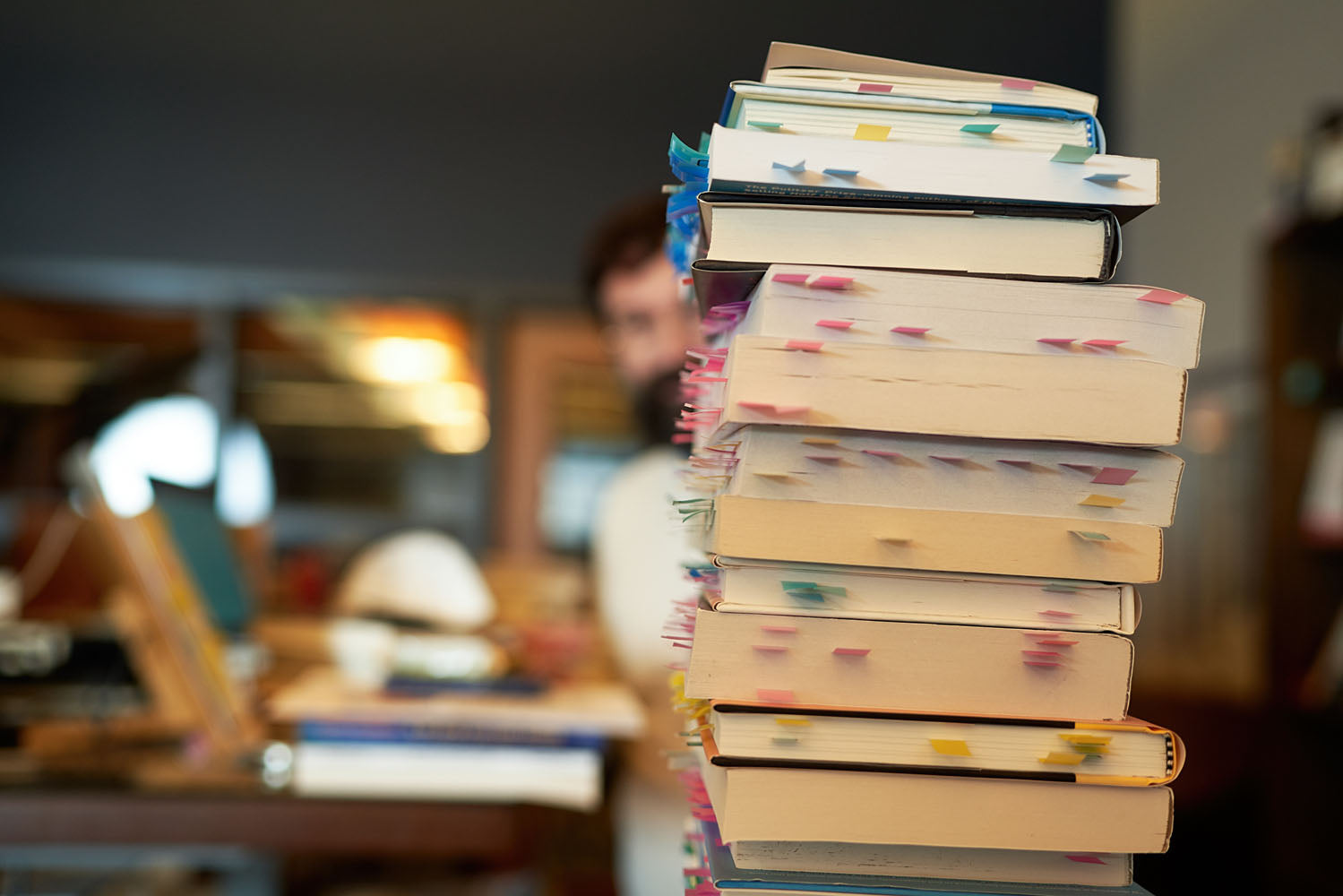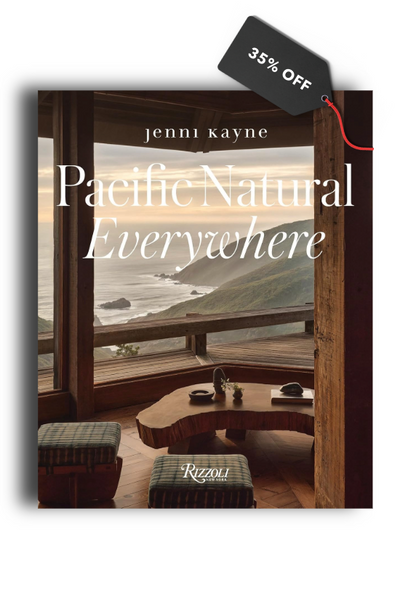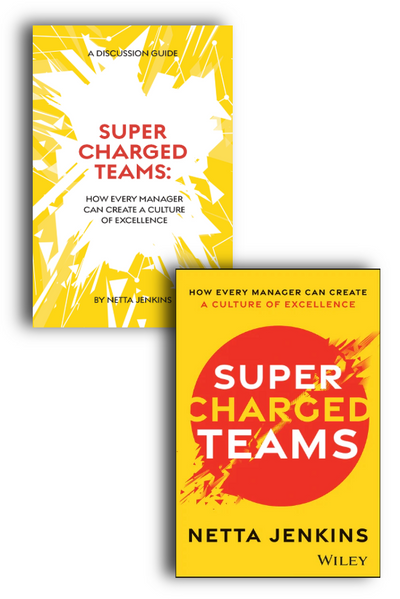Time for Design
An understanding of innovation based purely on technological improvement or functionality...won't lead you to a sixty-year-old trash bin design that sells for $500 or an Mp3 player that sells two hundred million units at considerably better profit margins than the functionally similar competitions.Specialness isn't found in love at first sight, either. "It's not merely a matter of appearance. It's also not a matter of simple emotional response." Instead, they propose, what makes a thing special is its plot. They crib the subtitle of the book from Aristotle who "called plot 'the soul of tragedy.'"
For him, the major animating principle that organized the parts of each individual script into a unique example of the class of things called tragedy. It labels the principle of organization that creates the self-referential structure of special things.The book then explores how plot works within such objects to defy 'business as usual' principles like reduced prices or increased capability. What intrigues Devin and Austin is the willingness of people to buy something for more money even if it has the same or lesser functionality of something else less special. It's what makes design so important. When you go to buy a new garbage can, you certainly want it to be functional and long-lasting, but what makes you choose one can (one that might be excessively expensive like their case study, the Vipp) over another? The plot, the authors say. The key component of plot is coherence, which is established by using patterns, trajectories, expectations, and closure. Resonance results from coherence.
Plot is not a thing; coherence isn't quantifiable; and resonance keeps the secret of its power. These are all qualities that special things exhibit by virtue of being made by human agency. When a thing exhibits pattern it may be natural, like the rhythmic surf, but when a maker arranges the patterns into trajectories, and the whole becomes a unified, coherent thing, it then displays the quality called plot, the quality we've called the soul of design.
Another design book we've been hoarding here in the office is Kern and Burn: Conversations With Design Entrepreneurs.
 This is another elegant book (Should we expect anything less from a pair of designers?) which began as a Kickstarter campaign by authors Tim Hoover and Jessica Karle Heltzel. Kern and Burn consists of interviews with "30 individuals who embrace uncertainty and take risks. These designers manufacture products, start side projects, self-publish books and found startups. They ask themselves important, hard questions and use design to discover the answers." Each interview is presented in a Q&A style with images of the designers' products folded into the pages. There are also illustrations peppering the book which reflect on the essence of design.
Hoover and Heltzel seem uninterested in foisting any certain design philosophy onto readers, but they do want to laud the hard work and the risk-taking these designers take on. ("They are brilliant because they have the audacity to try.") And certainly they chose interviewees who are emblematic of those characteristics. These designers, the authors say, are trailblazers whose proverbial machetes have whacked away some of the barriers keeping all creatives from taking a risk on their own dreams.
This is another elegant book (Should we expect anything less from a pair of designers?) which began as a Kickstarter campaign by authors Tim Hoover and Jessica Karle Heltzel. Kern and Burn consists of interviews with "30 individuals who embrace uncertainty and take risks. These designers manufacture products, start side projects, self-publish books and found startups. They ask themselves important, hard questions and use design to discover the answers." Each interview is presented in a Q&A style with images of the designers' products folded into the pages. There are also illustrations peppering the book which reflect on the essence of design.
Hoover and Heltzel seem uninterested in foisting any certain design philosophy onto readers, but they do want to laud the hard work and the risk-taking these designers take on. ("They are brilliant because they have the audacity to try.") And certainly they chose interviewees who are emblematic of those characteristics. These designers, the authors say, are trailblazers whose proverbial machetes have whacked away some of the barriers keeping all creatives from taking a risk on their own dreams.
Celebrate them, for they have made it a little bit easier for the rest of us. Our hope is that we can learn from them--not to follow in their footsteps, but to chart our own course in parallel, one that allows us to thrive, add value to the world and love what we do.Each entry reads more like a magazine feature than a manifesto, but from each designer, you'll learn not only the whys but the hows of their work, from personal motivation to technical choices. The authors explain that the book is meant to be "a resource in which we could gather perspectives." The quality of each interview depends largely on how open and articulate the interviewee is, but there is useful information and inspiration throughout. One of my favorite answers comes from Peter Buchanan-Smith, creator of Best Made Company, in his entry called, "Start Making." In referencing one of his mentors, Buchanan-Smith says,
She has taught me a lot about the importance of being true to yourself and keeping things light and playful. I think that's really important. I also think that there's a duality to it; you need things to be light and playful, but you have to be super serious about them being light and playful. Often, it feels like everything has huge consequences but you have to let go a little bit. Especially as a designer when you're starting your own business, it's easy to get wrapped up in so many things that will just side track you. There are many distractions. [She] taught me that to persevere, it is all one big experiment.
Design is an essential consideration for any business that crafts a product. Design can be the factor that takes a useful, practical item and elevates it to star status. These two books will remind you to make time for design. (An interesting exercise would be to read The Soul of Design and then go visit Smith-Buchanan's website referenced above. His products seem a pretty good example of what Devin and Austin are getting at in terms of plot and resonance.)








































